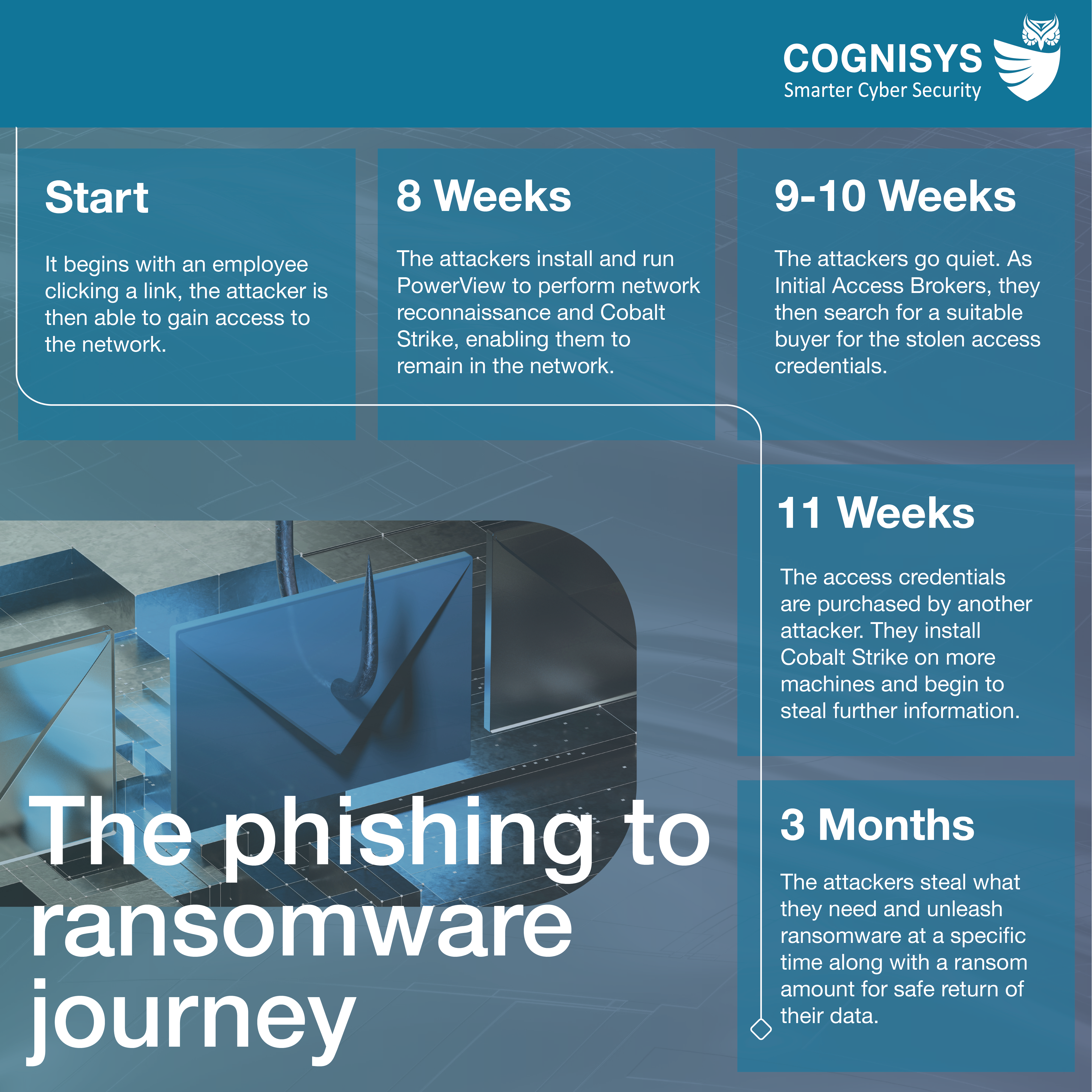Phishing Insights for 2023
We’ve got the latest phishing insights to prepare you for the year ahead. If you didn’t know – phishing is a fast, easy, and cost-effective method to steal money and company data – and the threat is only becoming more prominent. For companies, people are often your biggest vulnerability. Most companies simply do not do enough to protect their people from cyber attacks and the statistics speak for themselves.
These attacks involve a perpetrator sending an email or message that appears to come from a legitimate source, such as a bank or government agency, in order to trick the recipient into providing sensitive information or clicking on a malicious link.
One of the most significant challenges with phishing attacks is that they are becoming increasingly sophisticated. In the past, phishing emails were often easy to spot due to poor grammar or spelling errors. However, today’s phishers use sophisticated techniques to make their emails appear legitimate, such as using logos and branding from well-known companies and writing in the style of an associate of the intended recipient.
According to a report from the Anti-Phishing Working Group (APWG), there was a 65% increase in phishing attacks in the first half of 2020 compared to the same period in 2019. The same report also found that the average time it takes for a phishing website to be taken down has increased from 24 hours in 2018 to more than two days in 2020.
A study by the University of California found that 30% of phishing emails are opened by the recipient, and 12% of those recipients go on to click on the malicious link or attachment.
It is crucial to educate company employees about the latest phishing tactics and trends, and lean upon trusted cyber security experts to guide you. This can help you help your people to better identify phishing emails and protect your organisation and your people from these attacks.
Here are some of the statistics:
• 83% of all Cyber attacks in the UK begin with phishing emails
• £4.91M is the average cost of a data breach in 2022, not including the ransom paid
• 95% of cyber attacks are caused by human errors
• 61% increase in phishing attacks in 2022
• Over 255M attacks detected in 2022
• 84% of organisations have fallen victim to at least one phishing attack
• 80% of IT professionals have experienced a threat since shifting to remote working
To give you a better idea how it works, here’s a phishing to ransomware case study journey of how the cyber criminals hacked their way to a $2.5M ransom attack.

If you want to learn more about our new phishing security training and see how secure your organisation truly is, get in touch with our experts today.
Sources – IBM Cyber Security Intelligence Index 2022, Gov.uk Cyber Security Survey 2022, Microsoft New Future Work Report 2022


